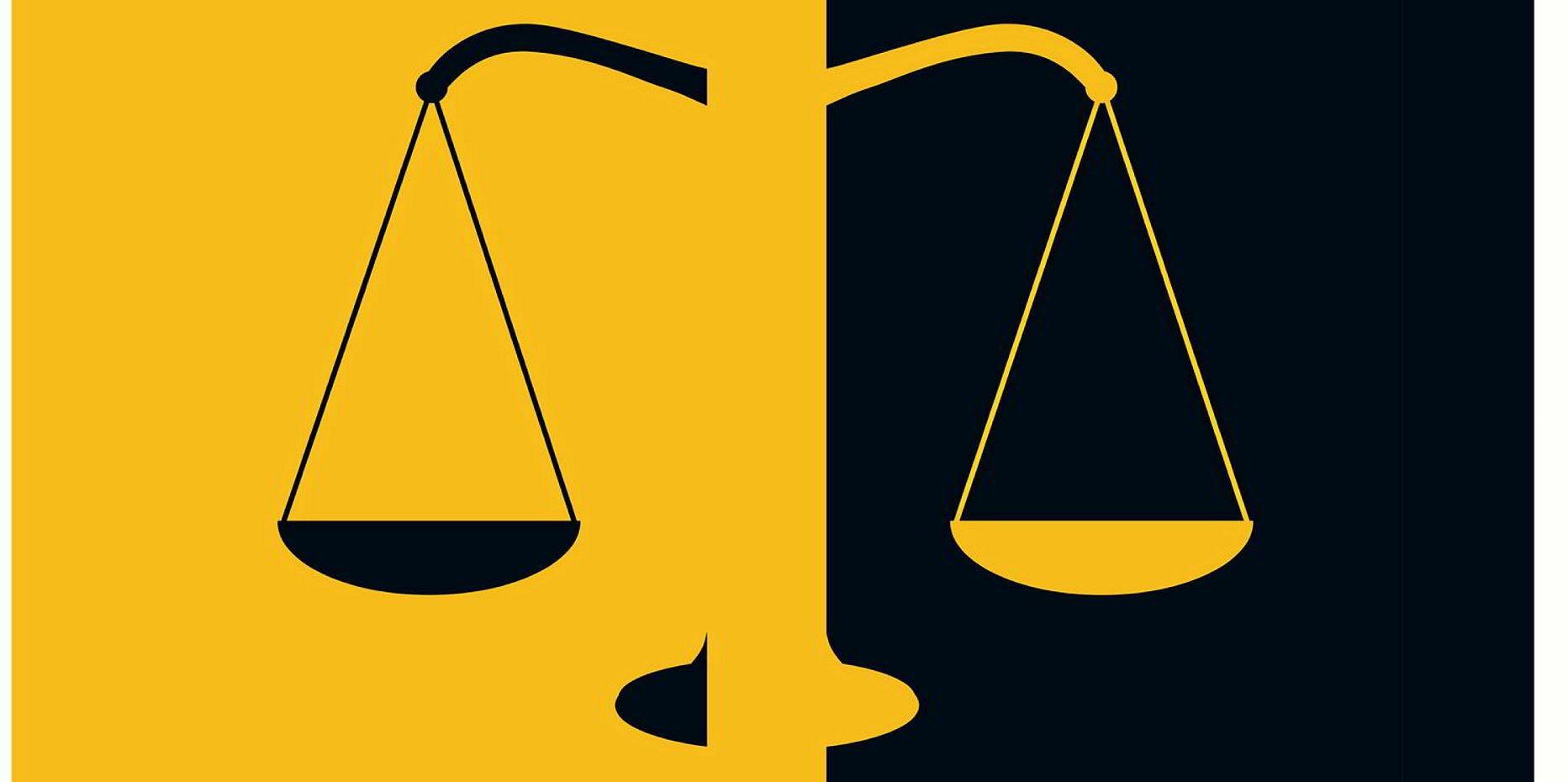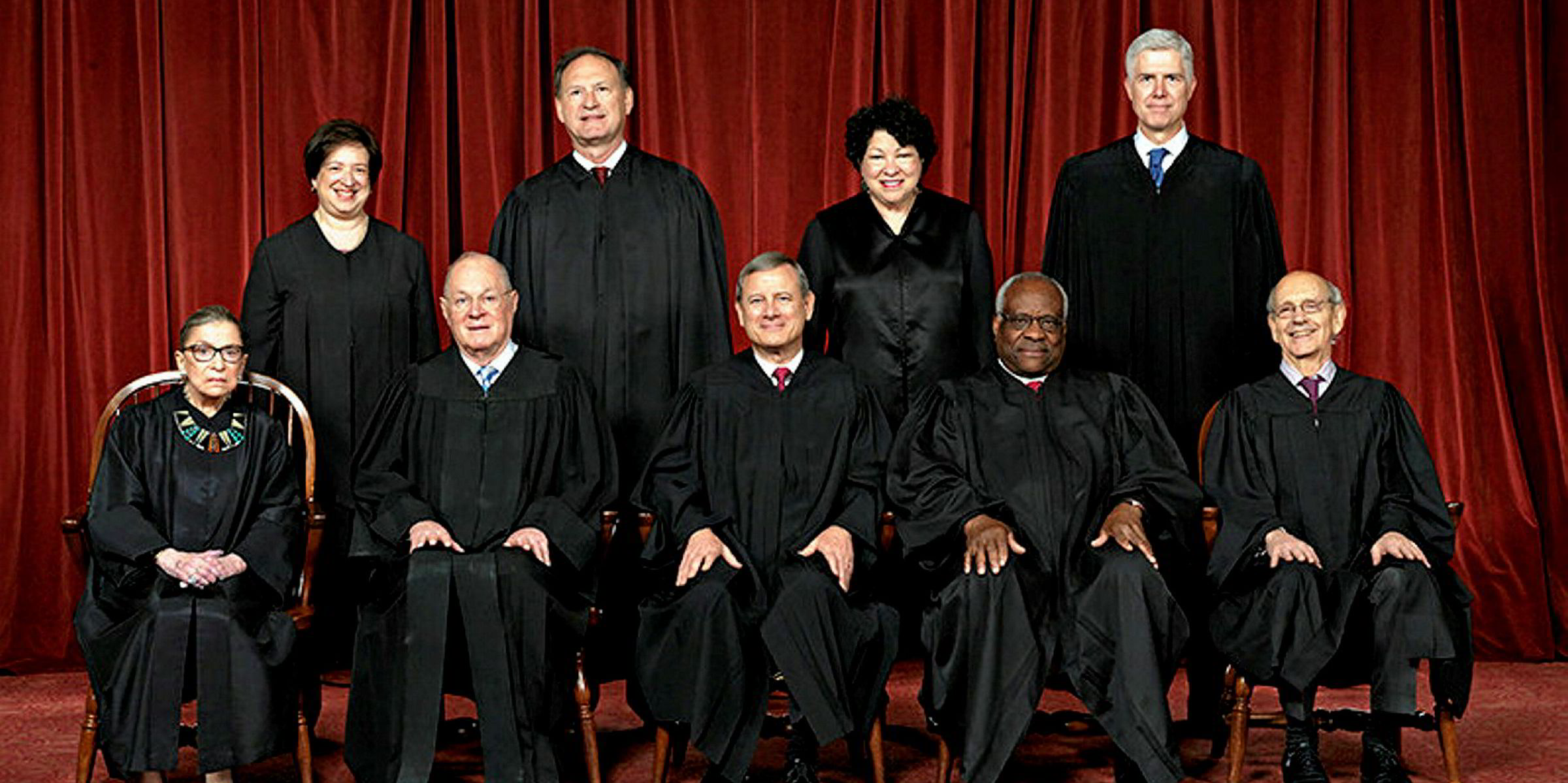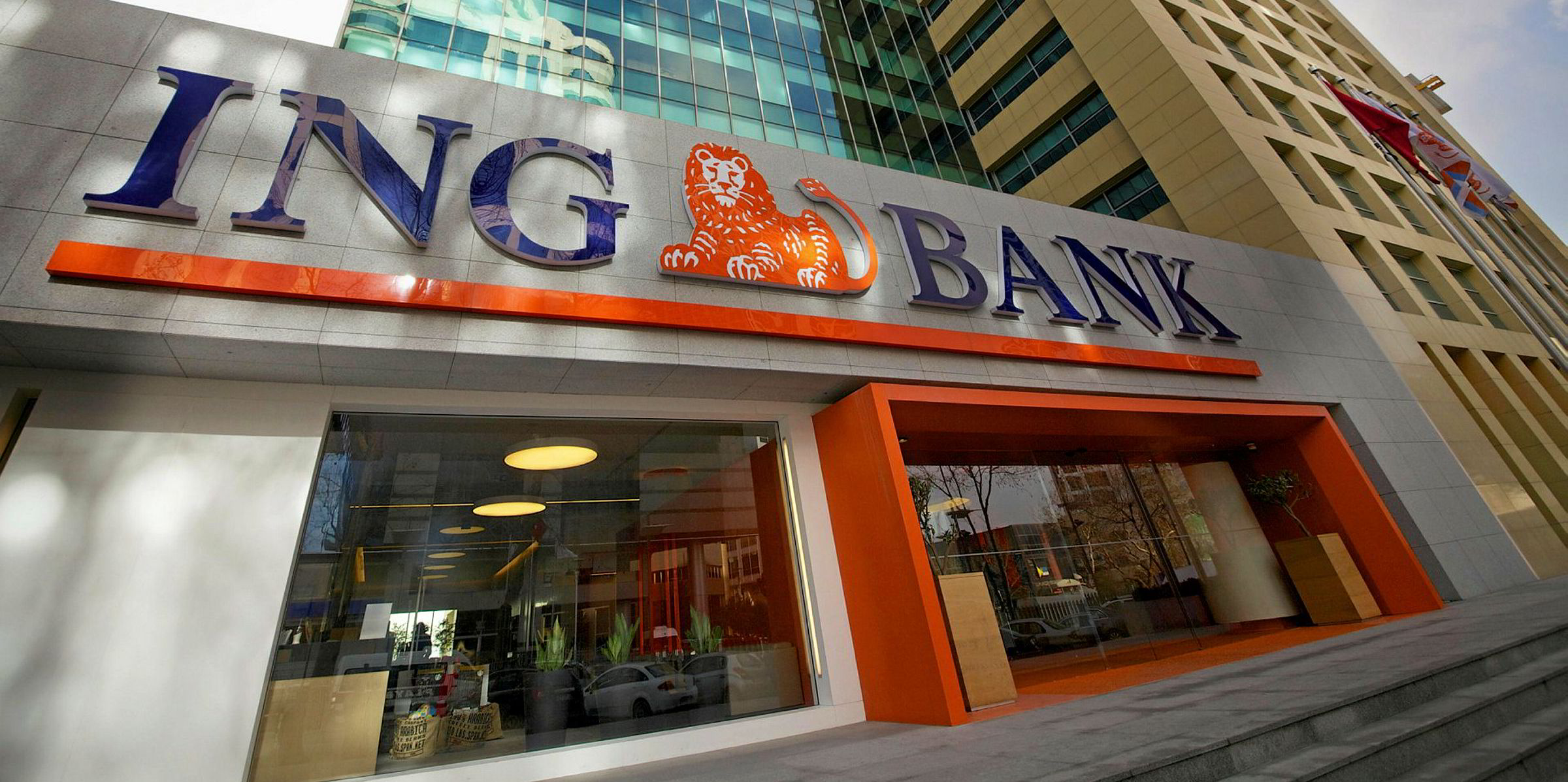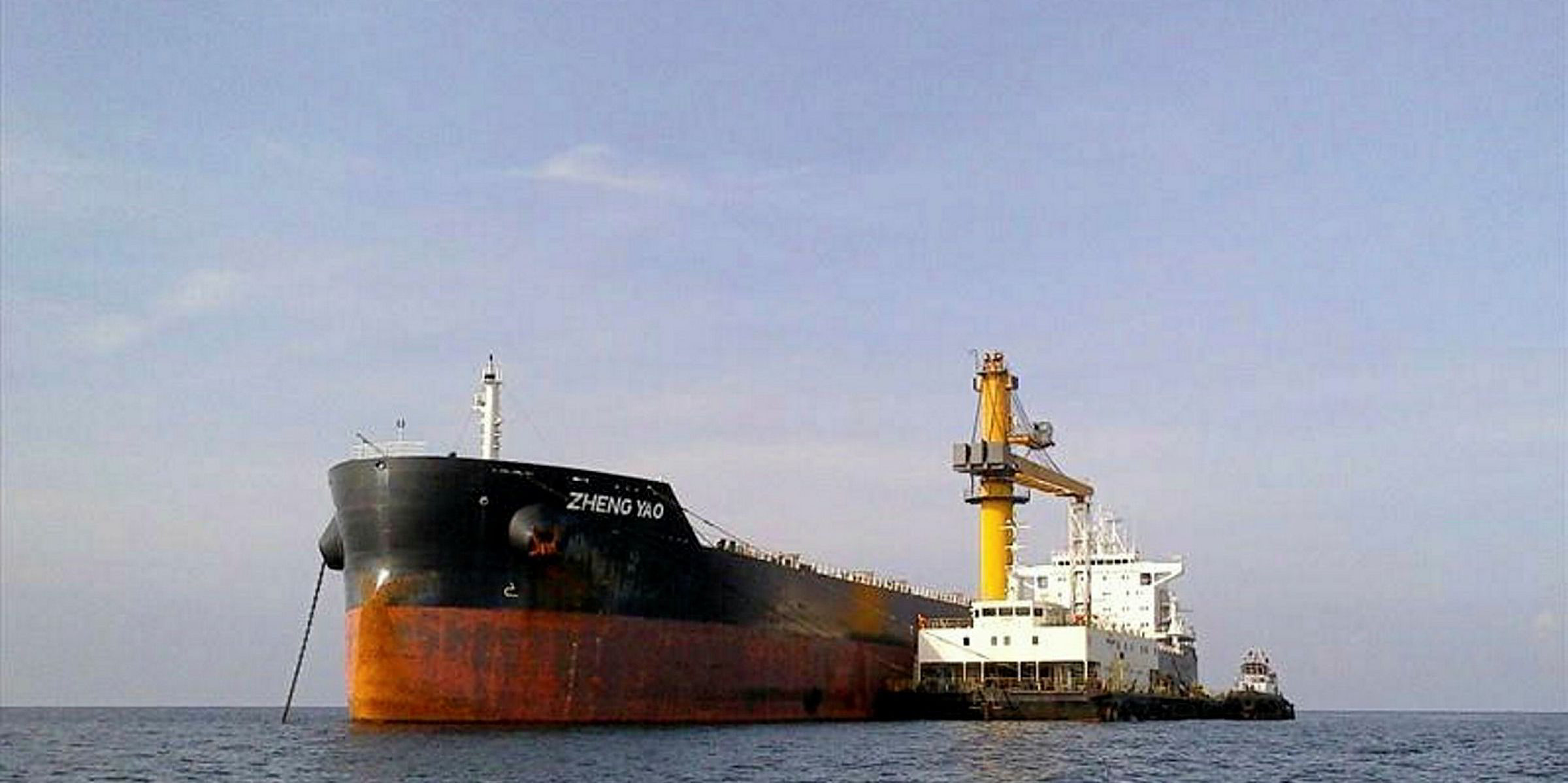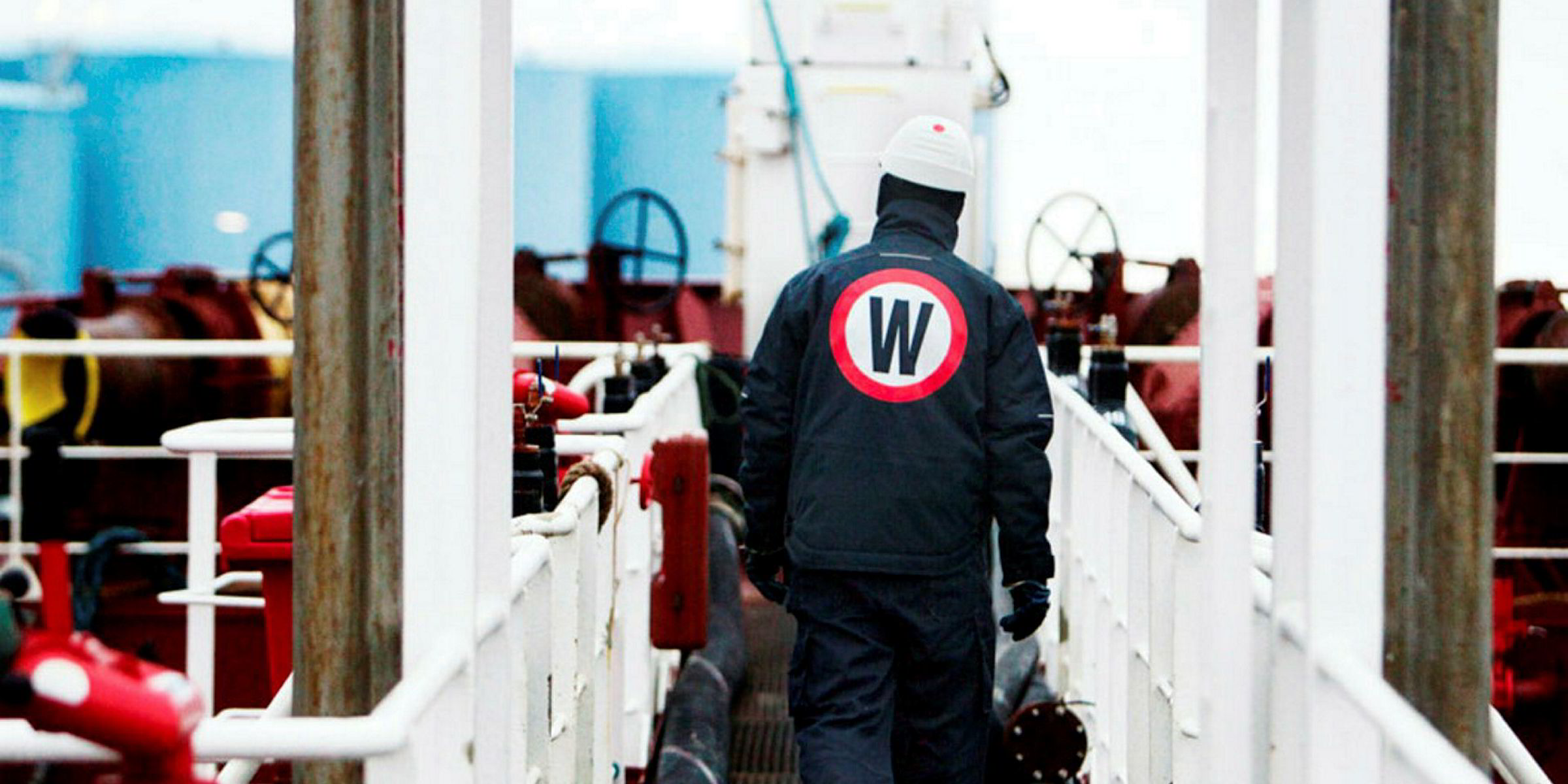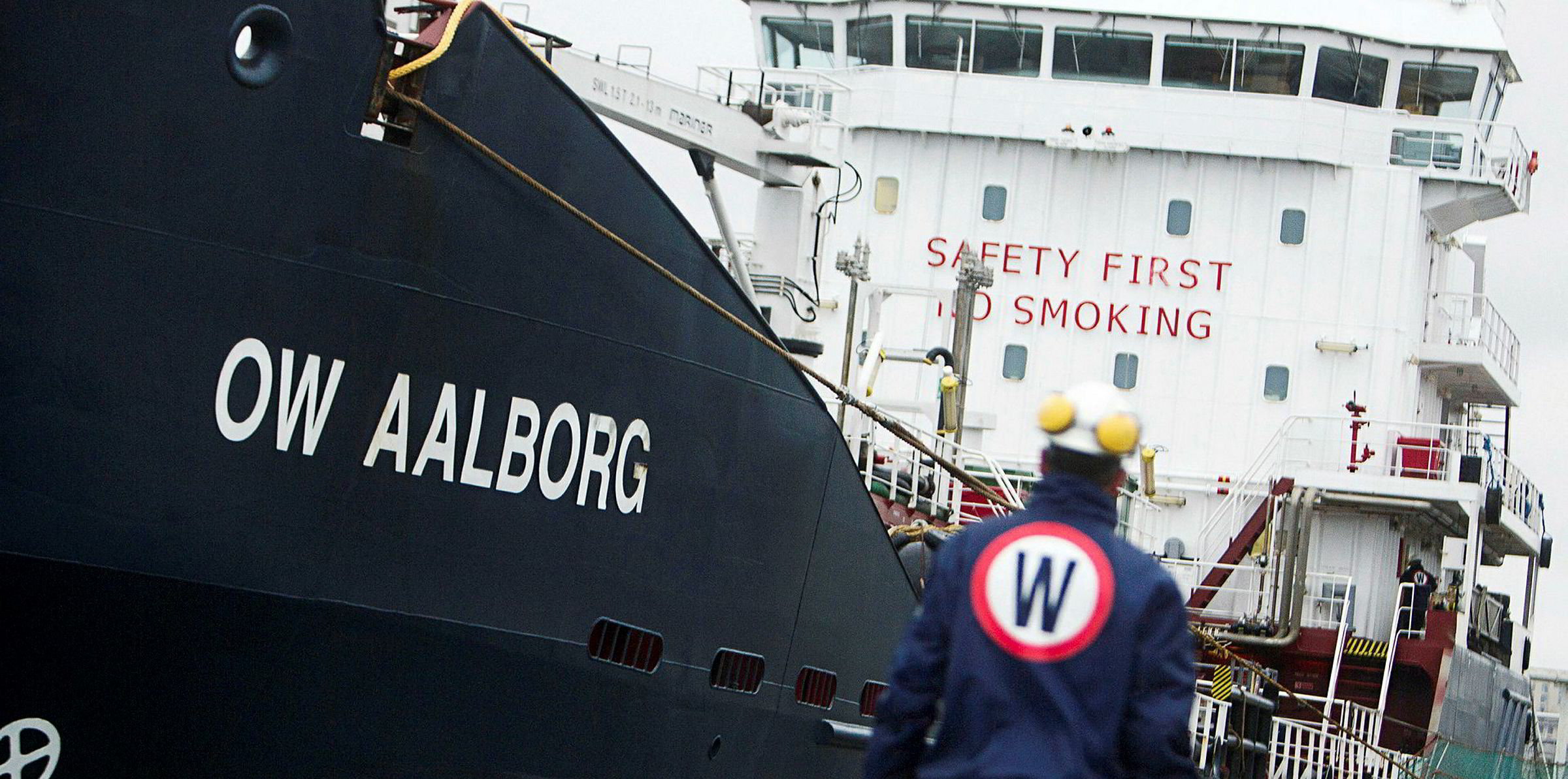When Robinson+Cole lawyer Michael Enright uploaded a routine operating report for OW Bunker’s US subsidiaries with a court in Connecticut in November, it generated the 1,736th docket entry in just one case in a legal web that has entangled maritime and restructuring lawyers the world over.
It is five years since the Danish marine fuels giant collapsed, generating a wave of litigation whose ripples reverberate in multiple jurisdictions.
At the heart of much of the continuing activity are the dogged collection efforts by ING Bank, the Dutch lender that had provided OW Bunker with a $700m credit facility that allowed it to serve as a middleman selling fuel to shipowners and operators and buying it from physical suppliers around the world.
In Denmark, the bank’s receivers continue to collect on funds owed to OW Bunker, while pension funds wage a DKK 767m ($113m) battle against the fuel giant’s former management, banks and main shareholder, while OW’s bankruptcy estate pursues claims against a former trustee.
In June, a Danish high court increased the sentence of Lars Moller, the former head of OW Singapore subsidiary Dynamic Oil Trading, to five years from the original 18 months for the crime of approving credit beyond his mandate.
That overstretched unit was at the centre of the OW collapse as a result of its questionable transactions with distributor Tankoil Marine Services. Moller was convicted of providing Tankoil with $156m in credit for bunker deliveries when he was authorised to provide only up to $10m.
But despite the action in OW’s home jurisdiction, the legal saga’s continuing impact on shipping is mostly outside Denmark.
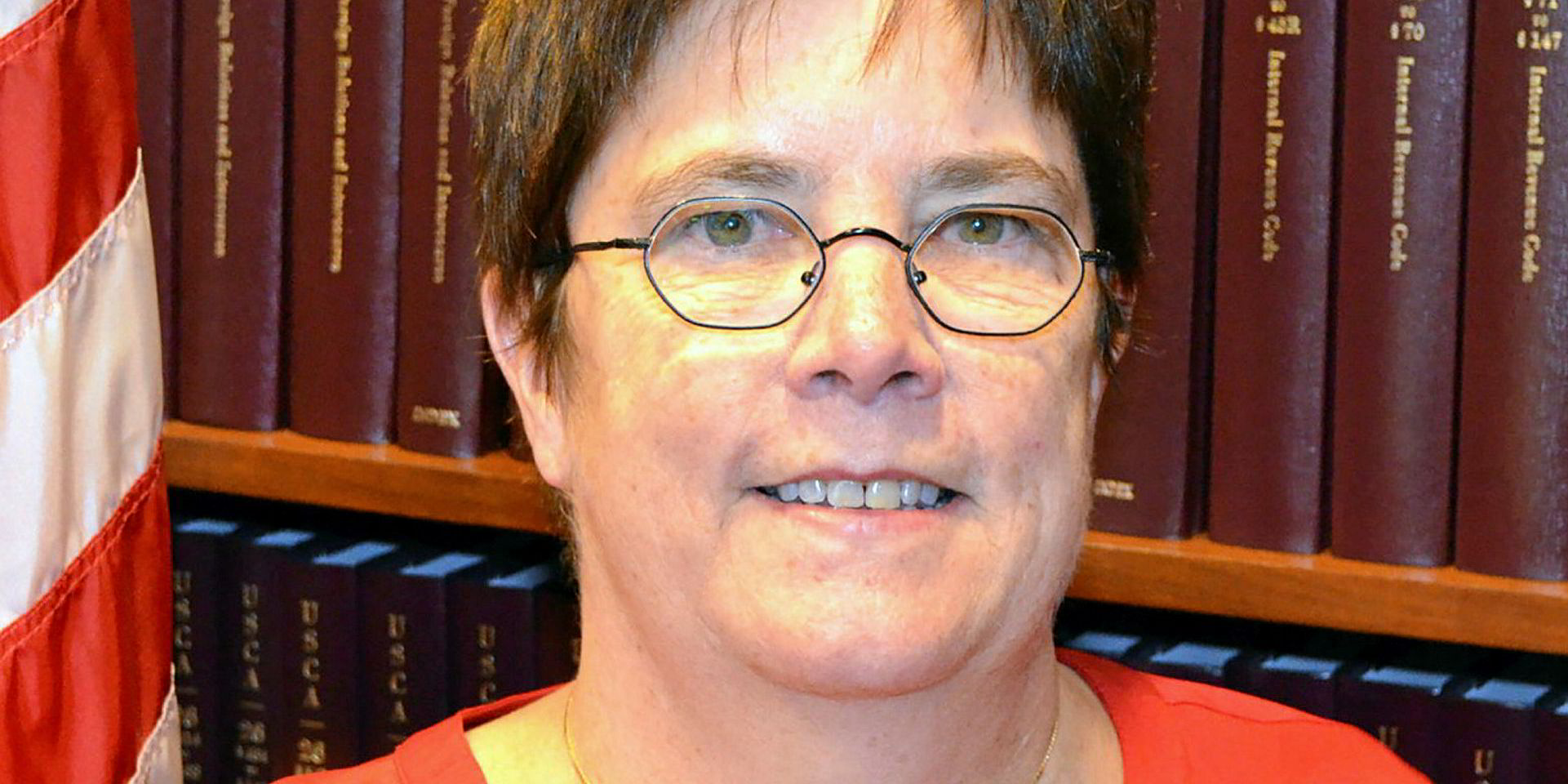
The OW Bunker collapse has been a key test of many elements of maritime law in various countries, particularly as it pertains to complex transactions involving fuel sellers that connect physical suppliers and shipowners, through back-to-back purchases and sales of bunkers.
“It has, to a substantial extent, turned the law on its head,” says John Keough, a New York-based partner at law firm Clyde & Co who is active in OW Bunker litigation. “What it has done is disrupted the predictability for physical suppliers and vessel operators in the marketplace where intermediaries become involved.”
A bankruptcy case in Connecticut involving OW’s orphaned US subsidiaries rumbles on even though many key claims have been settled.
In other federal courts, several important battles are keeping lawyers busy as physical suppliers on one side, and ING or OW’s US affiliates on the other, spar over bills that were unpaid at the time of the collapse.
The cases involve major shipowners and operators — Clearlake Shipping, the subsidiary of commodities trader Gunvor Group; Japanese giant NYK Line; German containership operator Hapag-Lloyd; and DryLog, the bulker owner controlled by Greek shipowner Peter Livanos.
One lawsuit that is being watched closely, as it has served as a test case for which other disputes are awaiting resolution, is bunker supplier US Oil Trading’s battle with OW Bunker Germany over fuel supplied to four Hapag-Lloyd vessels.
The dispute shares many similarities with other OW cases, in that OW took the liner operator’s order for the fuel, but delivery was ultimately made by US Oil. After OW descended into litigation in November 2014, Hapag-Lloyd faced competing claims for payment of the same fuel bills.
So the following month, Hapag-Lloyd’s attorneys at Freehill Hogan & Mahar filed an action in a federal court in New York naming ING, US Oil, OW Bunker Germany and its Danish parent as defendants.
Rather than paying multiple parties, Hapag-Lloyd wanted a judge to tell it whom to pay, and it joined a pile of OW cases on the docket of District Judge Valerie Caproni, a former federal prosecutor and general counsel of the Federal Bureau of Investigation appointed by President Barack Obama to the federal court in 2013.
As in many of the other cases, although OW was only to take a small commission for the fuel, OW Bunker Germany has insisted that it should be paid the full amount under the contract with the Danish company, a position that has been successful for ING.
In May 2017, Caproni rejected claims by US Oil Trading that it had liens against Hapag-Lloyd ships that would allow it to arrest vessels.
But late last year, the US Circuit Court of Appeals overturned that decision. The three-judge appellate panel saw circumstances in which US Oil might fall under an exception covering some subcontractor deals, creating a situation in which it could have a lien.
The court ordered Caproni to hold a trial on one question: whether Hapag-Lloyd “directed” OW to choose US Oil Trading as the physical supplier, thus triggering the exception.
The trial was scheduled for November but has been delayed to an unspecified date. However, both sides have laid out their arguments in documents filed with the court.
US Oil’s lawyers, led by Keough, plan to show at trial that Hapag-Lloyd ordered US Oil to be the physical supplier through a two-step process that determined that its fuel had the best energy content for the price. That process pointed to selection of US Oil’s fuel in several key details.
“The preponderance of credible evidence at trial will compel the conclusion that Hapag directed that US Oil be the physical supplier, and that US Oil thus has maritime liens on the vessels pursuant to the subcontractor exception,” Keough told Caproni.
But lawyers for OW Bunker Germany argue there is not enough proof that Hapag-Lloyd told OW to use US Oil Trading as its physical supplier. Rather, US Oil was not a party to the negotiations and has no witness who can testify on Hapag-Lloyd’s directions to OW.
“The only parties competent to testify about those subjects are Hapag and OW Germany. Their testimony could not be clearer: Hapag did not instruct OW Germany to use USOT [US Oil Trading], and did not confer any agency authority on OW Germany,” said the lawyers, from McDermott Will & Emery and Hill Rivkins.
In many ways, one word of testimony from a Hapag-Lloyd purchasing director sums up OW Germany’s argument. When asked whether the containership line had any control over the physical supplier of the fuel, he replied: “No.”
Key questions in remaining cases in the US courts are related to whether a physical supplier delivered the fuel “on the order” of the owner. The question is central to whether a physical supplier can assert a lien against a ship.
“The most significant one is the question of whether the ultimate customer must directly order the supply of fuel,” said Stephen Simms, principal of Baltimore law firm Simms Showers, when asked to identify the most important open question in pending OW bunker litigation.

That is because the Commercial Instruments and Maritime Liens Act says that to have a lien, and thus the power to arrest a vessel, the supplier of fuel must have delivered it “on the order of the owner or person authorised by the owner”.
The statute does not clearly lay out contours of what qualifies as “on the order of the owner” when fuel is ordered through a middleman like OW that, on paper, buys fuel from the physical supplier and sells it to the shipowner, but that does not have fuel of its own and will only take a small percentage of the transaction cost as a commission.
The US Supreme Court was poised to decide whether to provide some clarity in an OW-related case involving Texas physical supplier NuStar Energy Services, but in October the company agreed to a settlement in the Connecticut bankruptcy proceedings.
But in New Orleans, the US Fifth Circuit Court of Appeals is poised to grapple with another question about whether the physical supplier’s delivery was on the order of the owner.
In this case, ING and German supplier Bomin Bunker Oil Corp have been battling over fuel delivered to DryLog’s 77,100-dwt Bulk Finland (built 2014) that was purchased through OW. However, District Judge Ivan Lemelle ruled that Bomin had no lien against the ship.
Simms, representing Bomin, has argued that the sales contract confirmed his client’s lien. But ING’s lawyer, James Bercaw of New Orleans firm King & Jurgens, has asserted that only OW’s contract counts.
Outside the US, other questions dominate. In the Netherlands, where OW cases continue to weave through the courts, judges have had to grapple with laws of foreign jurisdictions, because Dutch rules on liens defer to the choice of law in the bunker contract and to the law of the ship’s flag state.
Nick Margetson, a partner at Rotterdam law firm MMRL, says one OW case he is handling before the appeal court involves a Panama-flag cable-layer and a contract specifying Egyptian law.
As in the US, physical suppliers’ claims have faced an uphill battle against the rights of ING to collect on OW Bunker’s unpaid bills, despite the Danish fuel supplier’s small stake in the overall payment.
“In the Dutch cases that have been published, the actual supplier of the bunkers usually does not get the award,” Margetson says.
How much longer do the OW cases have to run? In the US, given ING’s unrelenting collection efforts, lawyers generally expect cases to continue for years. That may also be the case in Europe. Margetson points to the growing length of litigation in the Netherlands.
“We used to talk in Holland of ‘the Italian torpedo’. Once you got into Italian court litigation, you’d be at it for 30 years,” he says. “But you could also talk about the Dutch torpedo.”
